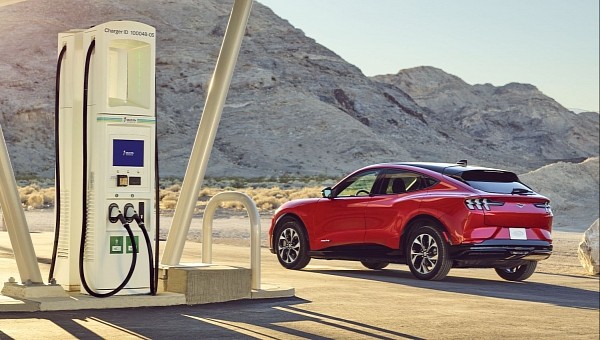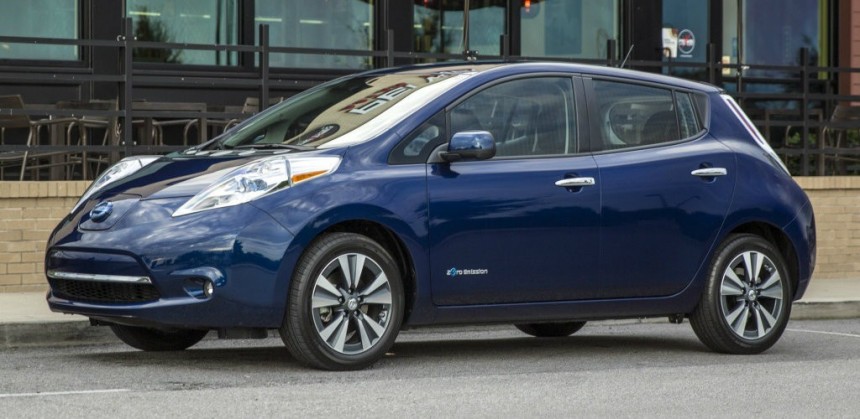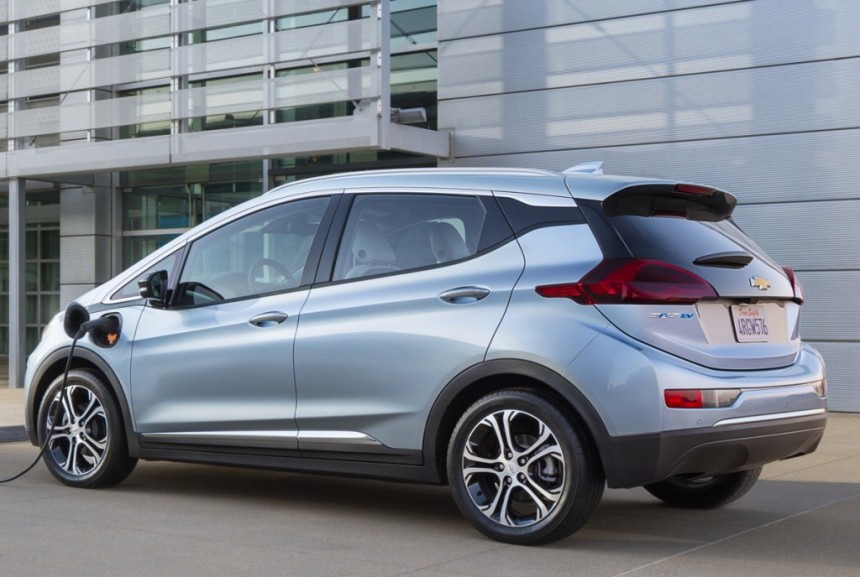Although it is less talked about, the Inflation Reduction Act incentivizes not only new-EV buyers and Li-Ion battery manufacturers but also the purchase of used electric vehicles. The $4,000 tax credit can help low-income people buy a used EV, but choosing one might not be easy. Here’s what you need to know.
The Inflation Reduction Act (IRA) changes the conditions for EV tax credits and, for the first time, introduces incentives for people who buy a used electric car. This is a boon for people who can’t afford to pay the high price of a brand-new electric vehicle. It comes with strings attached, the most important being the value of the used EV and the income of those who apply for the tax credit. More specifically, the Government pays up to $4,000 for EVs that cost $25,000 or less to individuals who make no more than $75,000 per year.
The program goes into effect in 2024, so it’s probably best to start scouting the market for your next used EV purchase. It goes without saying that the prices will rise after the new provisions come into effect and people start buying more used EVs. We already see this trend accelerating, and a recent study published by iSeeCars showed that even old models like the Nissan Leaf and Chevy Bolt saw a significant price increase.
Owning an electric car might be very different from what you probably know, so buying one without doing homework is not advisable. With electricity price hikes of late, owning an electric vehicle without having the possibility to charge it at home might be a bad idea. This is because public charging has become expensive.
The most important thing to consider when choosing your future EV from the used-car market is battery degradation. It’s both a warning and an urban legend in the sense that EV batteries degrade, but they rarely die completely. The battery’s state of health can make or break an owner’s experience. It is also the most expensive component to replace if it fails.
That being said, you should know that the used EV market has only recently emerged, and most cars are old Nissan Leafs and Chevrolet Bolts. They already had a limited range when they were new. In the case of the first-generation Nissan Leaf, that was about 73 miles (117 km). After so many years, it might have dropped below 50 miles or even less when driven in the cold. Nissan Leaf is known not to have aged well, so unless you get a really good deal on one, you’d better stay away.
Modern electric vehicles have bigger-capacity batteries and can travel much more on a charge, but they are yet to enter the used-car market. Hopefully, in 2024, the situation will improve, although they might still be out of reach for most people. Regardless of the model, make sure you perform a state-of-health check on the vehicle’s battery before committing to a purchase. Even when you are willing to settle for an EV with a degraded battery, you must ensure that you only pay for what you get.
An extended test drive is also recommended, allowing you to see how the battery fares. Software tricks can fake the battery’s state of health at the time of purchase, but driving the car for a while will reveal the true range soon enough. A good piece of advice is to buy a car whose battery is still under the manufacturer’s warranty if, of course, this warranty transfers to the new owners.
Ultimately, buying a used electric vehicle involves risks like all used-car purchases. The good news is that electric cars have far fewer components that can fail. There’s no complicated engine and transmission, making maintenance much simpler and less expensive. You can even live with a degraded battery if your needs are not demanding. Even when road trips are not possible due to the limited range, an EV can still be a good choice for a city ride or as a second car.
The program goes into effect in 2024, so it’s probably best to start scouting the market for your next used EV purchase. It goes without saying that the prices will rise after the new provisions come into effect and people start buying more used EVs. We already see this trend accelerating, and a recent study published by iSeeCars showed that even old models like the Nissan Leaf and Chevy Bolt saw a significant price increase.
Owning an electric car might be very different from what you probably know, so buying one without doing homework is not advisable. With electricity price hikes of late, owning an electric vehicle without having the possibility to charge it at home might be a bad idea. This is because public charging has become expensive.
That being said, you should know that the used EV market has only recently emerged, and most cars are old Nissan Leafs and Chevrolet Bolts. They already had a limited range when they were new. In the case of the first-generation Nissan Leaf, that was about 73 miles (117 km). After so many years, it might have dropped below 50 miles or even less when driven in the cold. Nissan Leaf is known not to have aged well, so unless you get a really good deal on one, you’d better stay away.
Modern electric vehicles have bigger-capacity batteries and can travel much more on a charge, but they are yet to enter the used-car market. Hopefully, in 2024, the situation will improve, although they might still be out of reach for most people. Regardless of the model, make sure you perform a state-of-health check on the vehicle’s battery before committing to a purchase. Even when you are willing to settle for an EV with a degraded battery, you must ensure that you only pay for what you get.
Ultimately, buying a used electric vehicle involves risks like all used-car purchases. The good news is that electric cars have far fewer components that can fail. There’s no complicated engine and transmission, making maintenance much simpler and less expensive. You can even live with a degraded battery if your needs are not demanding. Even when road trips are not possible due to the limited range, an EV can still be a good choice for a city ride or as a second car.










